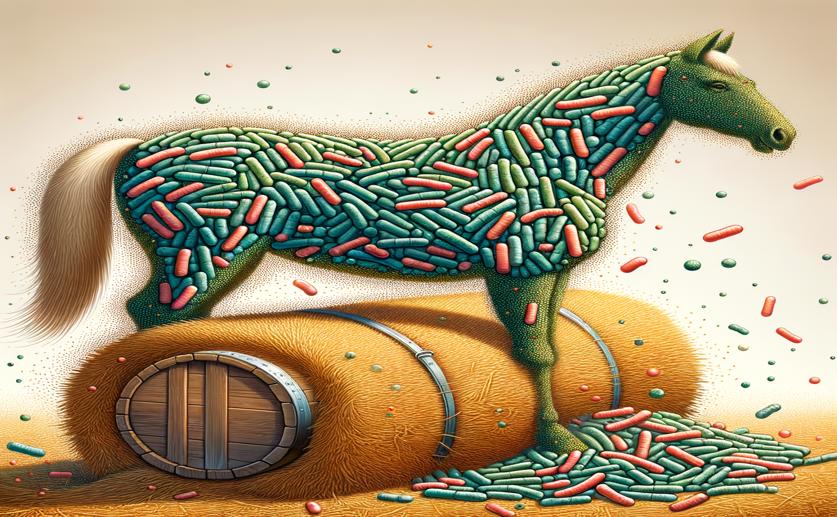
Improving Fodder Quality with Specific Bacteria Inoculation
Jenn Hoskins
9th May, 2024

Image Source: Natural Science News, 2024
Key Findings
- In Inner Mongolia, a study found a plant, Caragana korshinskii, can be a good livestock feed
- Adding specific bacteria from the plant itself improved the plant's fermentation for feed use
- This fermentation process led to better nutritional value and digestibility of the plant as feed
AgricultureBiotechPlant Science
References
Main Study
1) Effect isolated lactic acid bacteria inoculation on the quality, bacterial composition and metabolic characterization of Caragana korshinskii silage
Published 8th May, 2024
https://doi.org/10.1186/s40538-024-00591-z
Related Studies
2) Functional properties of protein isolates from Caragana korshinskii Kom. extracted by three different methods.
3) The use of Lactobacillus species as starter cultures for enhancing the quality of sugar cane silage.
4) Influence of lactobacillus spp. from An inoculant and of weissella and leuconostoc spp. from forage crops on silage fermentation.
Journal: Applied and environmental microbiology, Issue: Vol 64, Issue 8, Aug 1998



 27th April, 2024 | Jim Crocker
27th April, 2024 | Jim Crocker